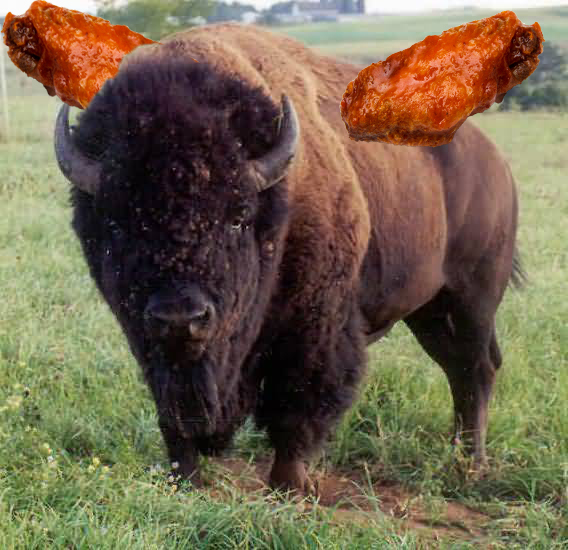
It has recently been observed by American cattle ranchers that particular groups of bison are prone to exhibiting violent responses in reaction to certain forms of hostility.
In behaviour found to be prevalent in herds from the New York region, weaker bison that have faced abuse from more dominant specimens are regularly found to mimic such behaviour towards other animals farther down the hierarchy. The unusual conduct is present in both males and females of all ages.
“Them beasts are normally calmer than a hostful of angels on the Sabbath,” grumbled long-time livestock rustler and general antihero Clinton Westwood, “but pen ‘em together for a fortnight and the Devil gets right into ‘em.”
Raising further questions, the unusual activity seems to be completely restricted to bison-bison interactions between animals from the New York region. Introducing a foreign bison into a local herd has been found to yield none of the interaction described above. No local New York bison was ever observed to act aggressively towards a foreign bison, if it acknowledged the outsider’s existence at all.
Furthermore, dislocating bison from the region in question has been found to completely halt the erratic behaviour. Bison from the New York region that were transferred to a separate ranch in Texas were observed to once more become the docile creatures they were prior to this spate of unusual incidents.
“We’re looking for all the possible causes we can think of,” reported Prof. Tino Taranquentin, a bovine researcher focusing on western New York State, “but all the tests come back negative. It’s not water contaminants, air pollution, or steroids. All that I can conclude for certain right now is that Buffalo buffalo Buffalo buffalo buffalo buffalo Buffalo buffalo.”



